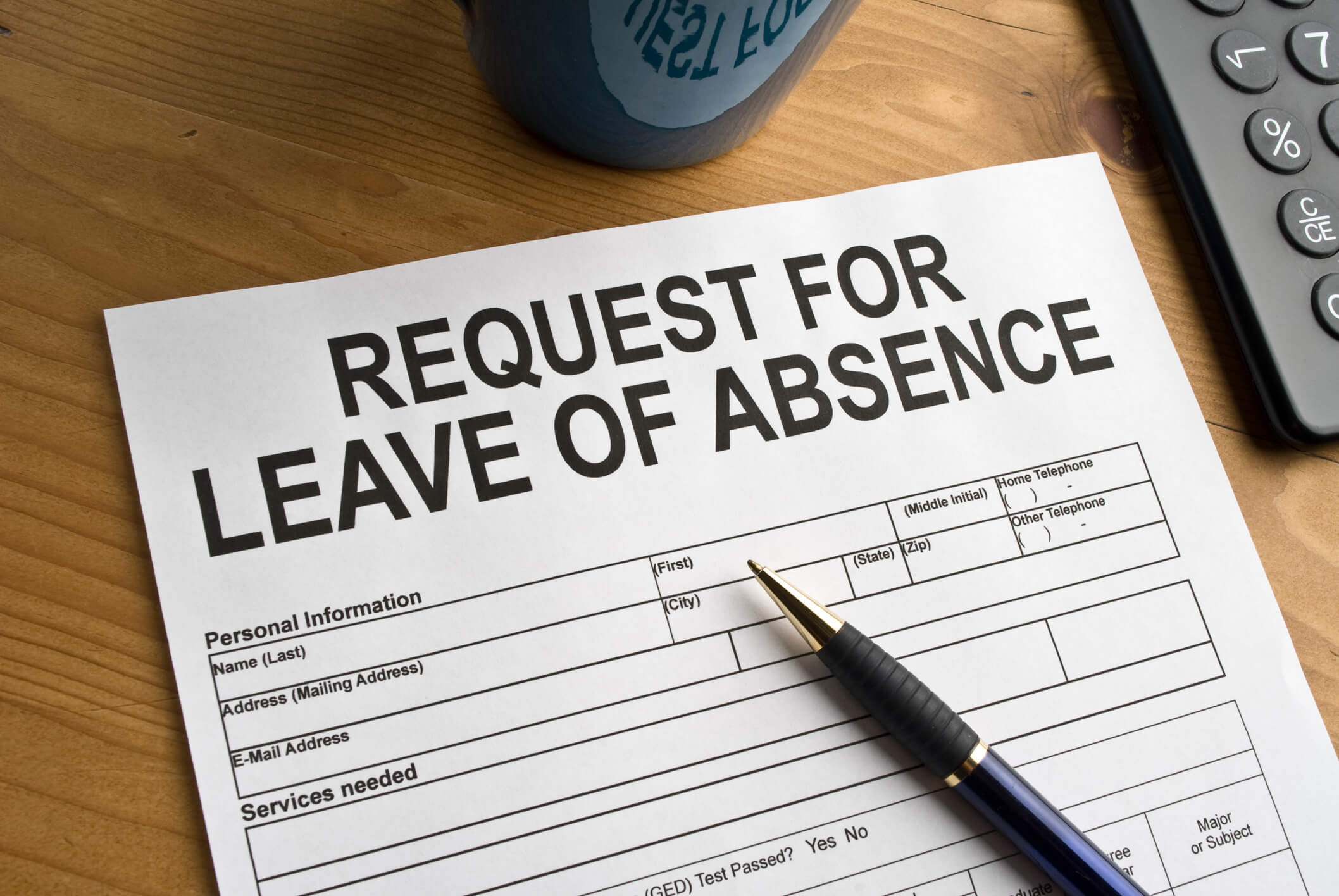With Governor Inslee’s signature on July 5, 2017, Washington State joined just a handful of states mandating paid family and medical leave. Washington’s leave is funded by both employers and employees, and employees will be eligible to receive benefits beginning in 2020. The new paid leave program provides benefits of up to 90 percent of the employee’s income and matches Washington, D.C., in providing the highest percentage of income benefit of any state or district in the United States.
The key aspects of this new paid family and medical leave law are as follows:
|
Who Pays? |
Employers and employees share in funding the paid leave benefit program through payroll deductions. The total premium is 0.4 percent of an employee’s wages, of which the employer pays at least 37.5 percent and the employee pays the remaining 62.5 percent. |
|
Payroll Deduction Begins |
January 1, 2019 |
|
Benefits Available |
January 1, 2020 |
|
Covered Employers |
All Washington employers, except the United States, must provide this benefit. Employers with fewer than 50 employees may elect not to pay the employer portion of the premiums. |
|
Leave Available |
12 weeks of family or medical leave; or 14 weeks of family or medical leave if the employee experiences a pregnancy-related serious health condition resulting in incapacity; or 16 weeks of combined family and medical leave; or 18 weeks of combined family and medical leave if the employee experiences a pregnancy-related serious health condition resulting in incapacity |
|
Waiting Period |
There is generally a seven-day waiting period for family or medical leave benefits, however, there is no waiting period for benefits if the leave is taken for the birth or placement of a child. |
|
Benefit Amount |
The benefit is up to 90 percent of the employee’s average weekly wage depending on the employee’s average weekly wage compared to the state average weekly wage. |
|
Job Protection |
Employees returning from leave are entitled to be returned to the same or an equivalent position. The employee’s previously accrued benefits must remain available to the employee. |
|
Eligibility |
An employee is eligible if he or she worked at least 820 hours in a “qualifying period,” which is the first 4 quarters of the last 5 completed calendar quarters or, if eligibility is not established, the last 4 completed calendar quarters immediately preceding the application for leave. |
|
Reasons for Leave |
The reasons for leave available under the Washington law mirror, in large part, the Family and Medical Leave Act (FMLA); reasons for leave under the law include a serious health condition of the employee or a member of the employee’s family; the birth, adoption, or foster placement of a child; or a qualifying exigency under the federal FMLA. |
|
Opt Out |
Employers may opt out of the program if they have a comparable plan and pay a $250 fee to have the plan evaluated to ensure it is truly comparable. |
|
Small Business Assistance |
Small employers (those with fewer than 150 employees) may receive grants to offset wage costs while an employee is on leave. |
|
Collective Bargaining Agreements |
Parties to a collective bargaining agreement are not required to reopen negotiations or apply the rights and responsibilities of the law until the existing agreement is reopened, renegotiated, or expires. After January 1, 2020, a collective bargaining agreement cannot diminish the benefits available to employees under the state law. |
|
Out-of-State Waiver |
Employers may seek a waiver of the premium requirement for employees physically based outside Washington, employed in Washington on a limited or temporary schedule, and not expected to work in Washington for 820 or more hours in a qualifying period. |
Key Takeaways
With these impending changes, employers may want to begin reviewing and revising their employee handbooks and policies. Employers with unionized workforces can expect paid family and medical leave to be a topic in future negotiations.
The commissioner of the Washington State Employment Security Department is charged with developing rules to implement the new paid family and medical leave law, and Ogletree Deakins will provide more information when those rules are released by the commissioner.




